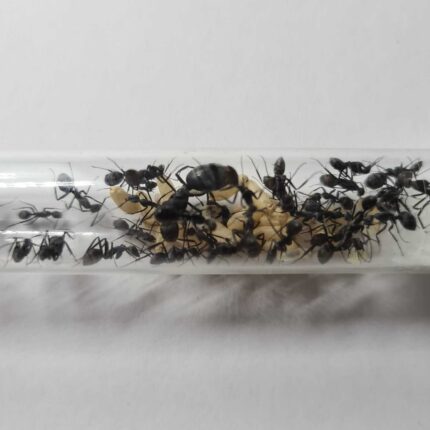
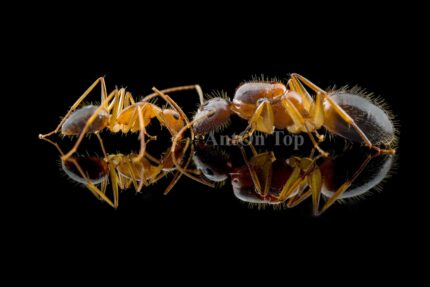
Camponotus pressipes
349,90 zł – 499,90 zł
Worldwide shipping
Free delivery over 500 PLN
The highest quality of goods
Live delivery guarantee
24/7 Personal Support
Fair Prices
Description
The Camponotus pressipes ant is a monogynous colony with a size of up to 2000 workers. They have a medium development rate. The queen is 11-14mm in size, while workers are 5-8mm and majors are 7-11mm. The ants have a black head, brown chest, and dark orange belly. They primarily feed on food insects such as cockroaches and crickets, as well as syrup, fruit, and vegetables.
Additional information
| Behavior | |
|---|---|
| Difficulty in breeding | |
| Origin | |
| The size of ants | |
| Wintering |
Camponotus pressipes
About Camponotus pressipes
Camponotus pressipes is a fascinating species of carpenter ant that originates from various regions in Asia. As a member of the Camponotus genus, this ant species is known for its impressive color variability, with workers exhibiting a range of different hues. Their striking appearance and unique characteristics make them a popular choice among ant enthusiasts.
Colony type: Monogyny
Colony size: up to 2000 workers
Development rate: medium
Size:
- Queen: 11-14mm
- Workers: 5–8 mm
- Majors: 7 – 11 mm
Color: Head: black, chest: brown, dark orange belly
Nutrition:
- Food insects (such as cockroaches and crickets) dead, or live if colony is big
- Syrup (a mixture of water and honey or sugar, with a ratio of 4/3 water:1)
- Fruits and vegetables
- Jelly
- Cooked chicken without salt, shrimps
- Honey
Habitat Requirements:
Arena humidity: 40-60%
Nest humidity: 50-70%
Arena temperature: 24–28 °C
Nest temperature: 20–24 °C
A Feature of the Species:
Camponotus pressipes is a species of carpenter ants native to Asia, known for its impressive color variability. The workers of this species also exhibit polymorphism, meaning they come in various sizes within the same colony.
Recommended Nests for Breeding:
- Acrylic
- Cork
- Plaster
- Aerated concrete
Recommended Nests for Breeding
When providing a suitable nesting environment for your C. pressipes colony, it is important to consider their natural habitat. This species adapts well to various nest types, including acrylic, cork, plaster, and aerated concrete. These materials mimic the ants’ natural nesting sites and provide a secure and comfortable space for them to lay eggs, raise brood, and establish their colony.
Camponotus pressipes is an intriguing ant species that offers enthusiasts the opportunity to observe and study their behavior, nesting habits, and teamwork. With their stunning colors and versatility in terms of suitable nest types, building a thriving C. pressipes colony can be an exciting and rewarding endeavor for ant keepers of all levels of experience.


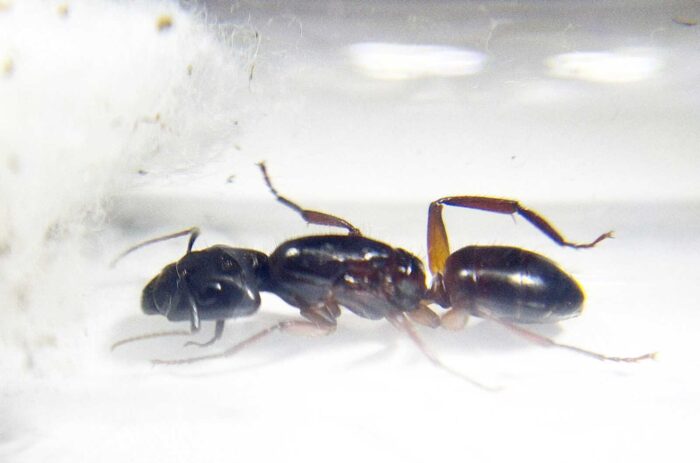
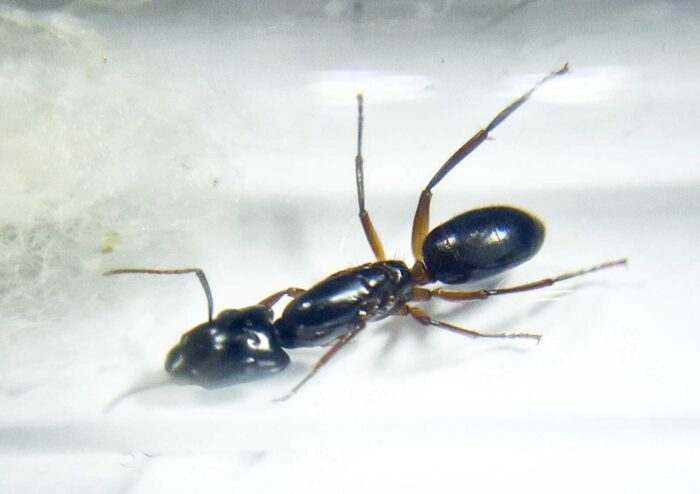

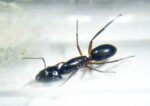
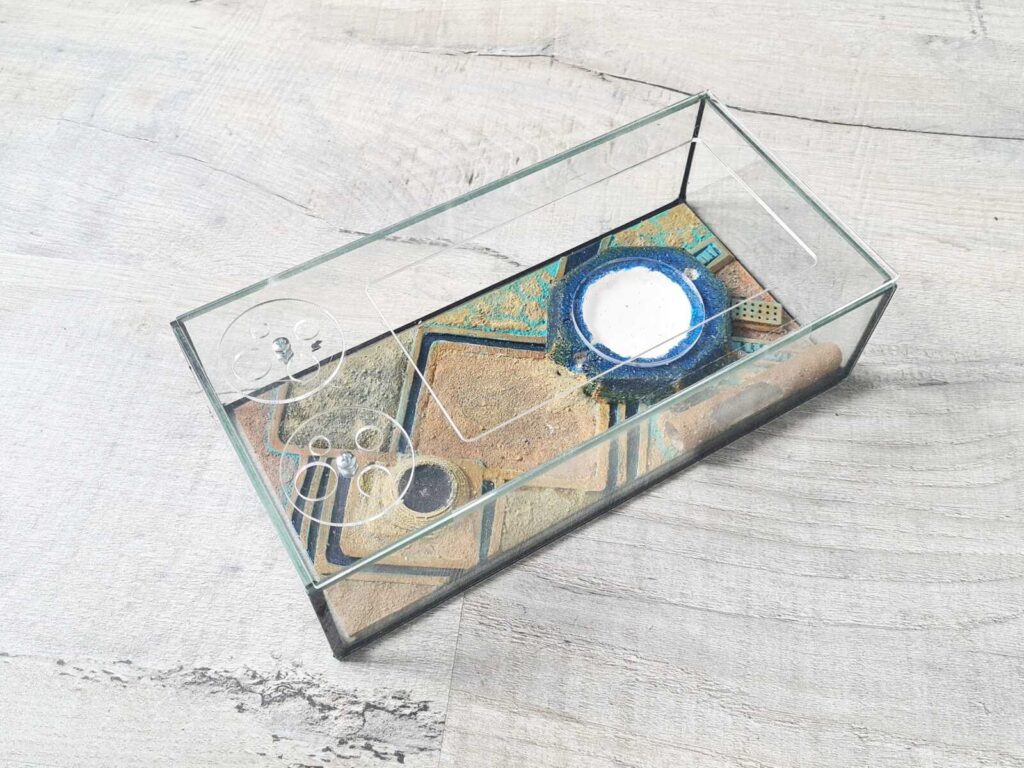

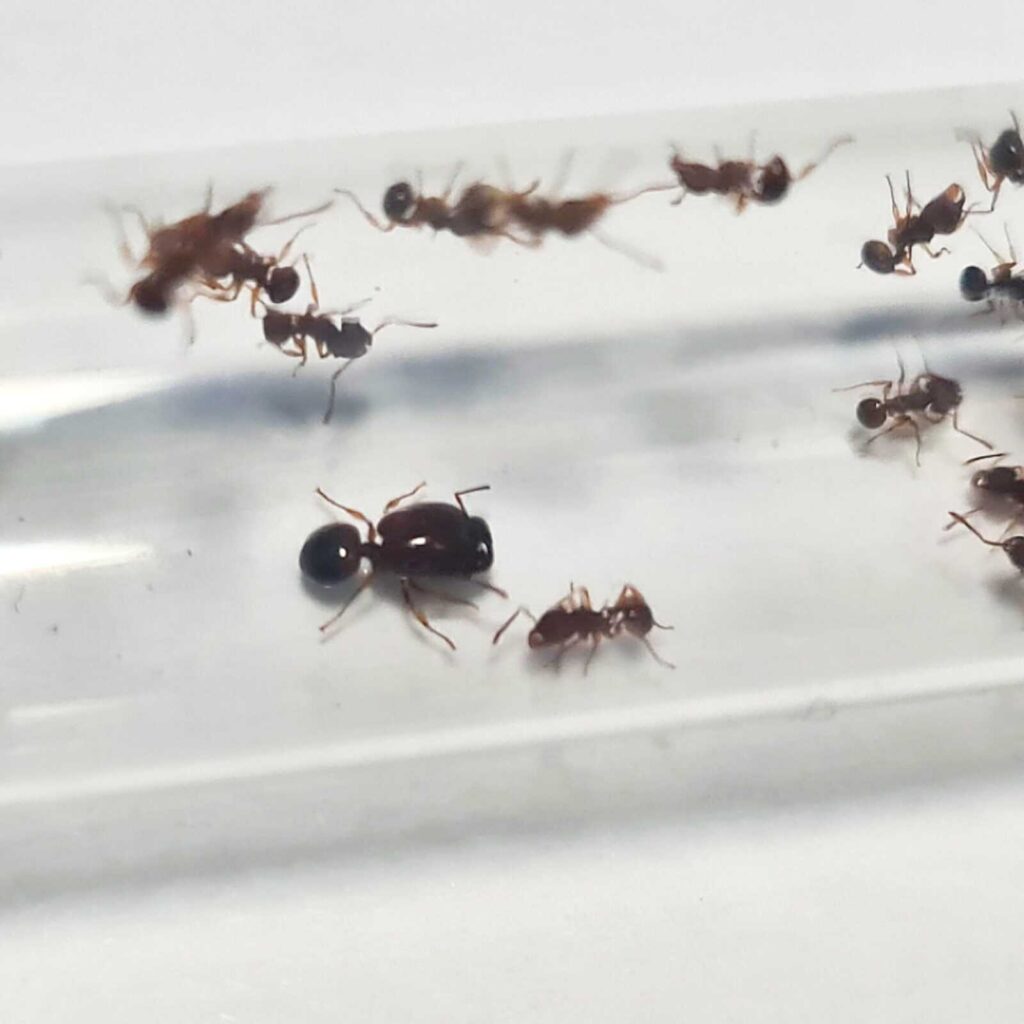
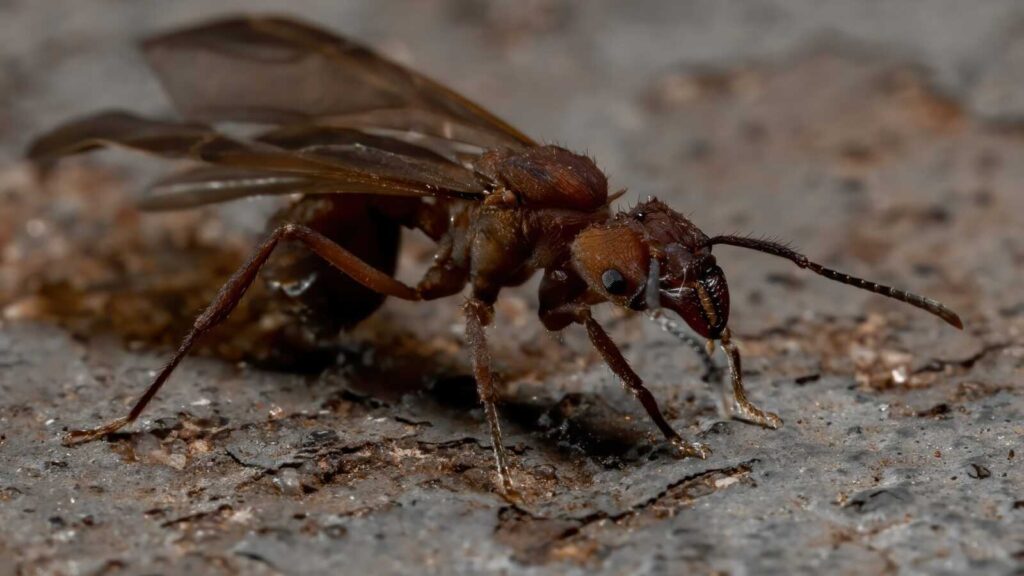
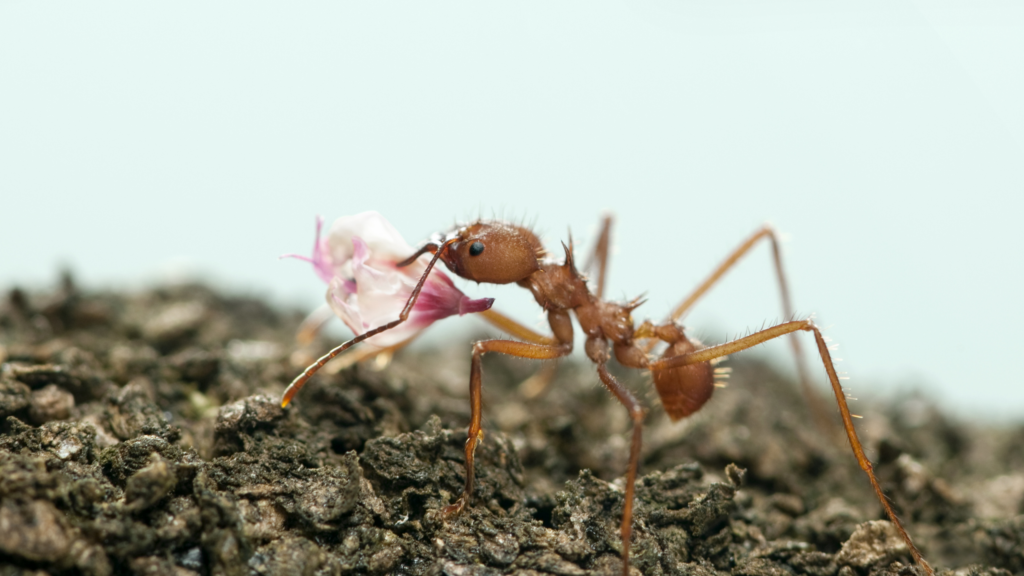
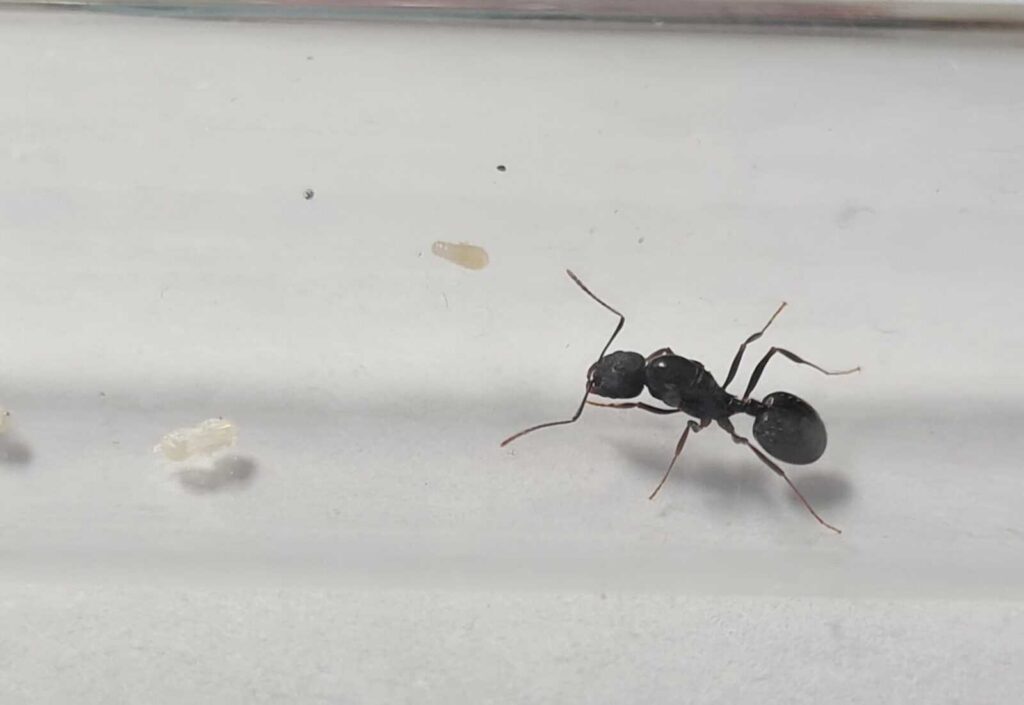
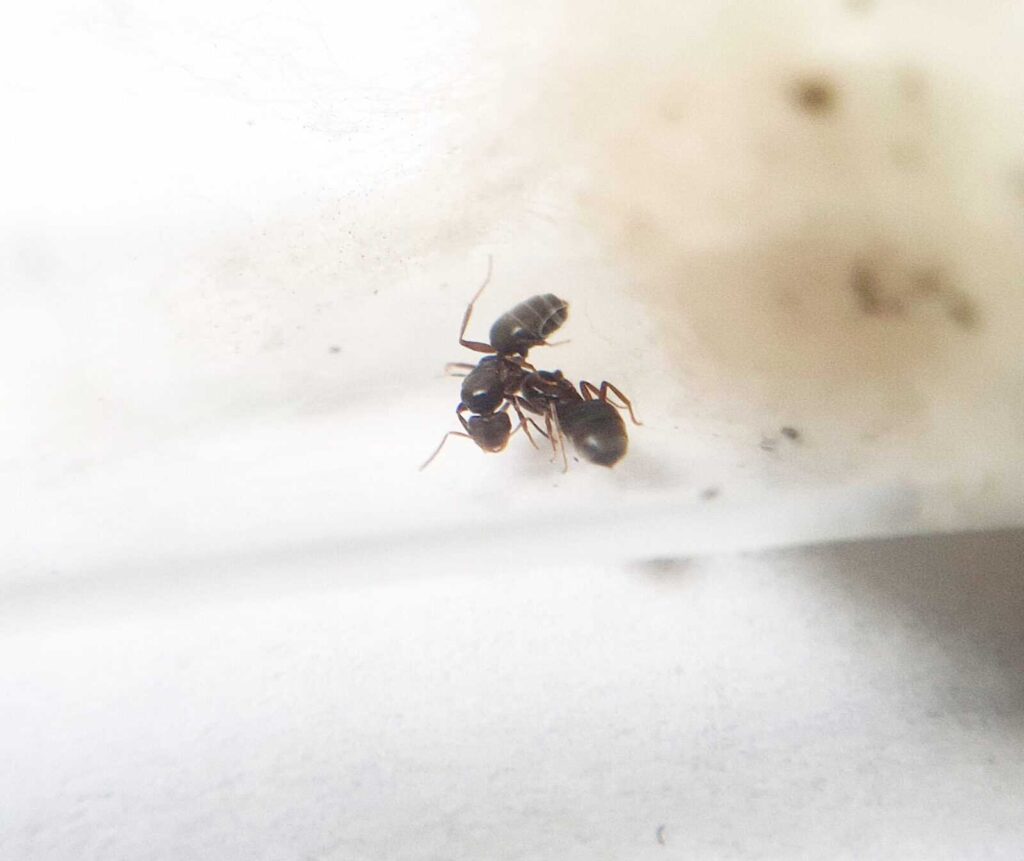
There are no reviews yet.